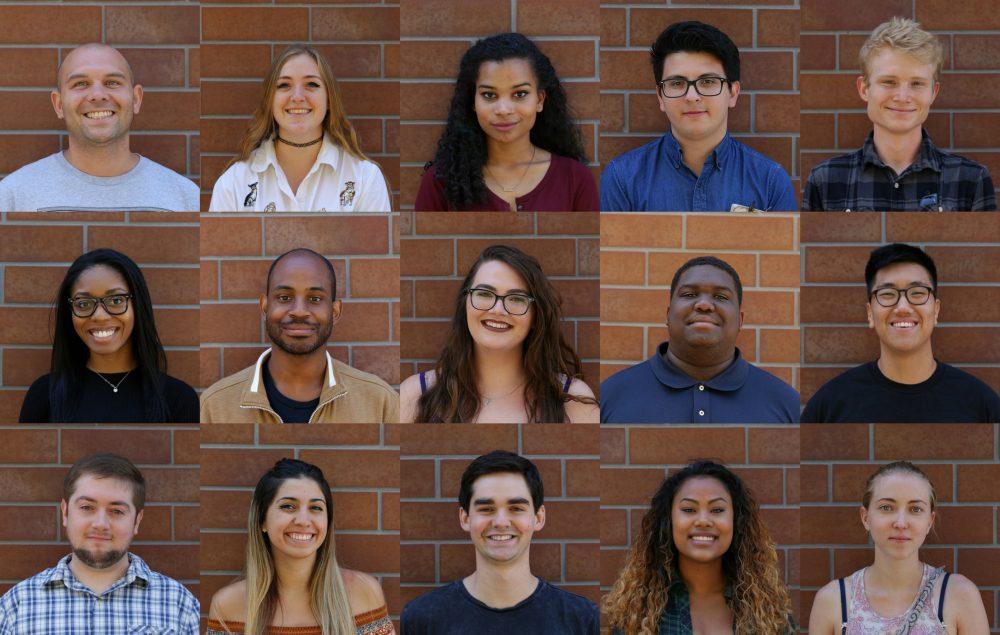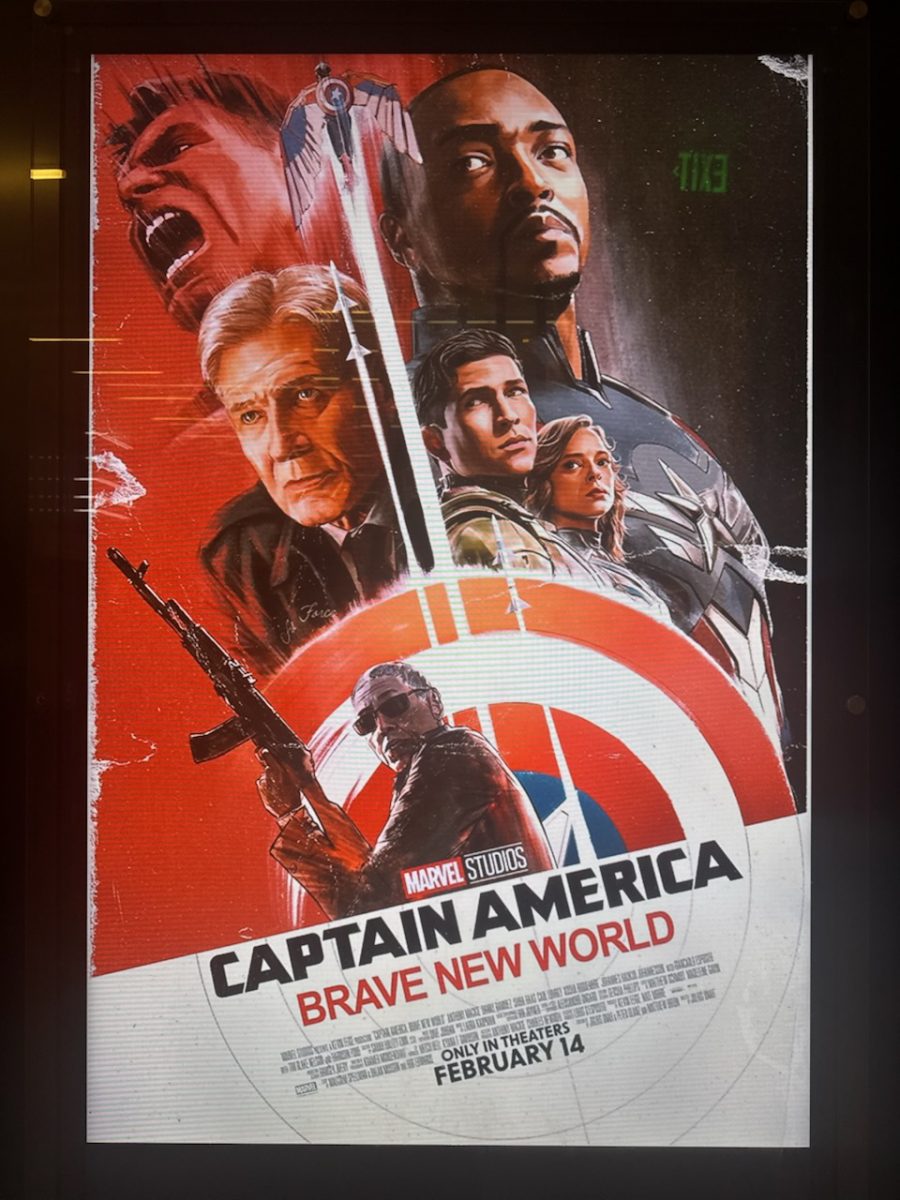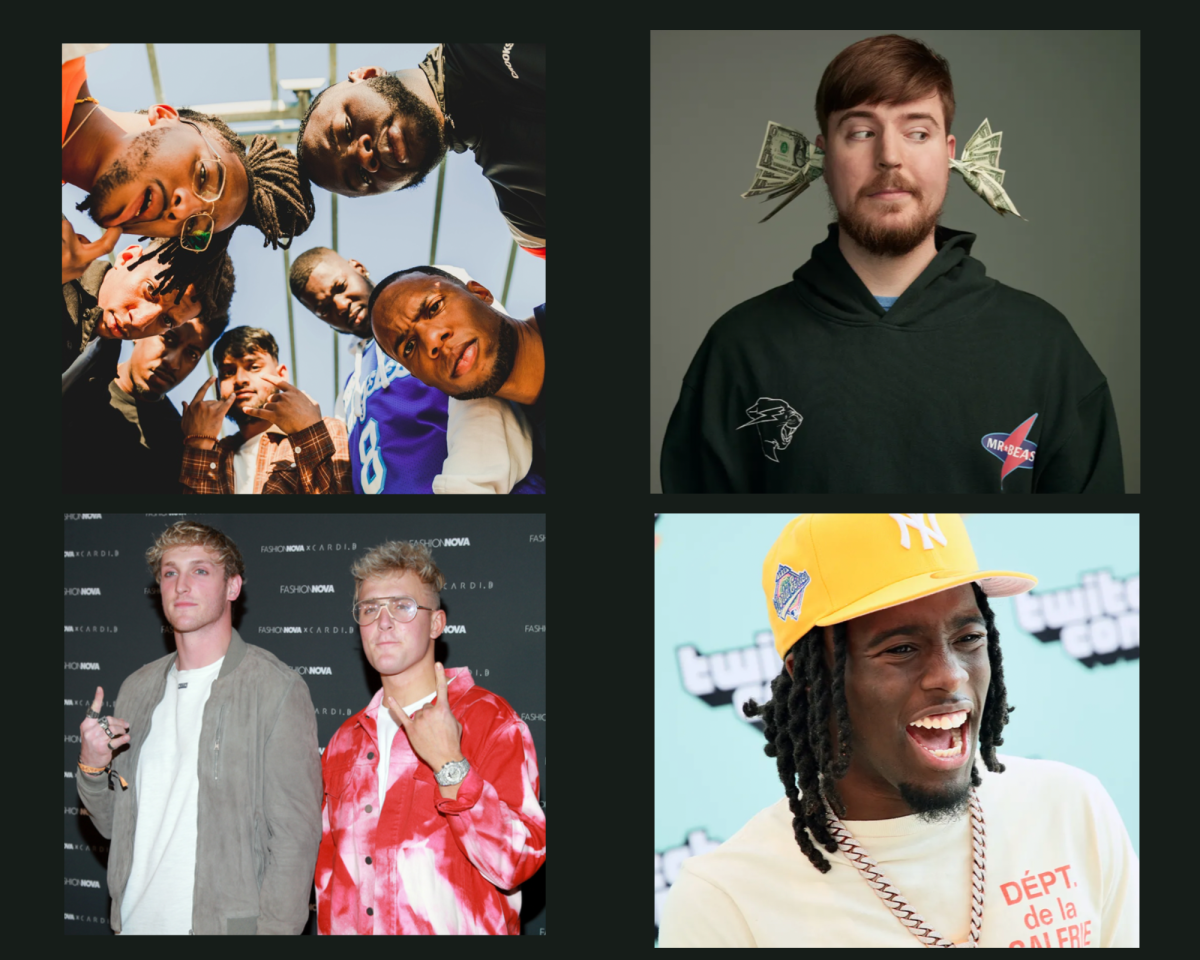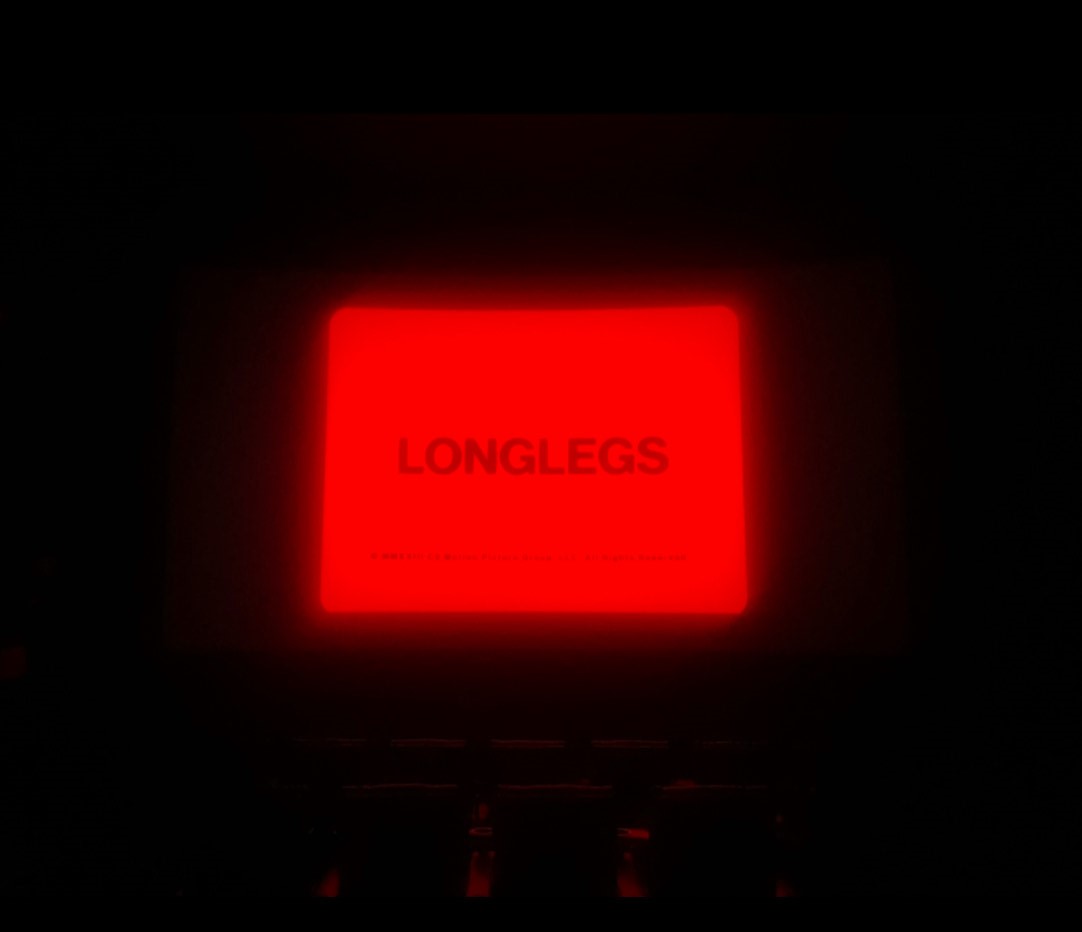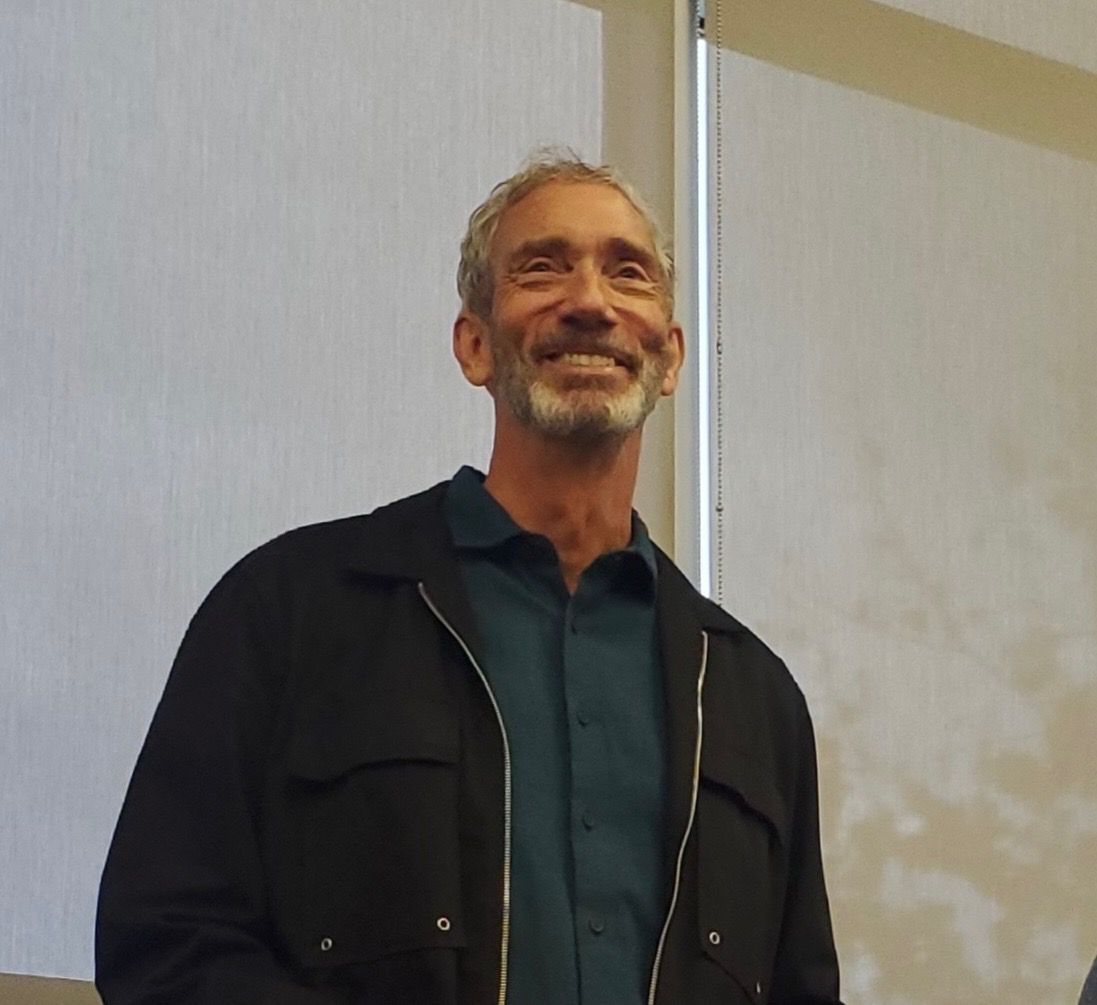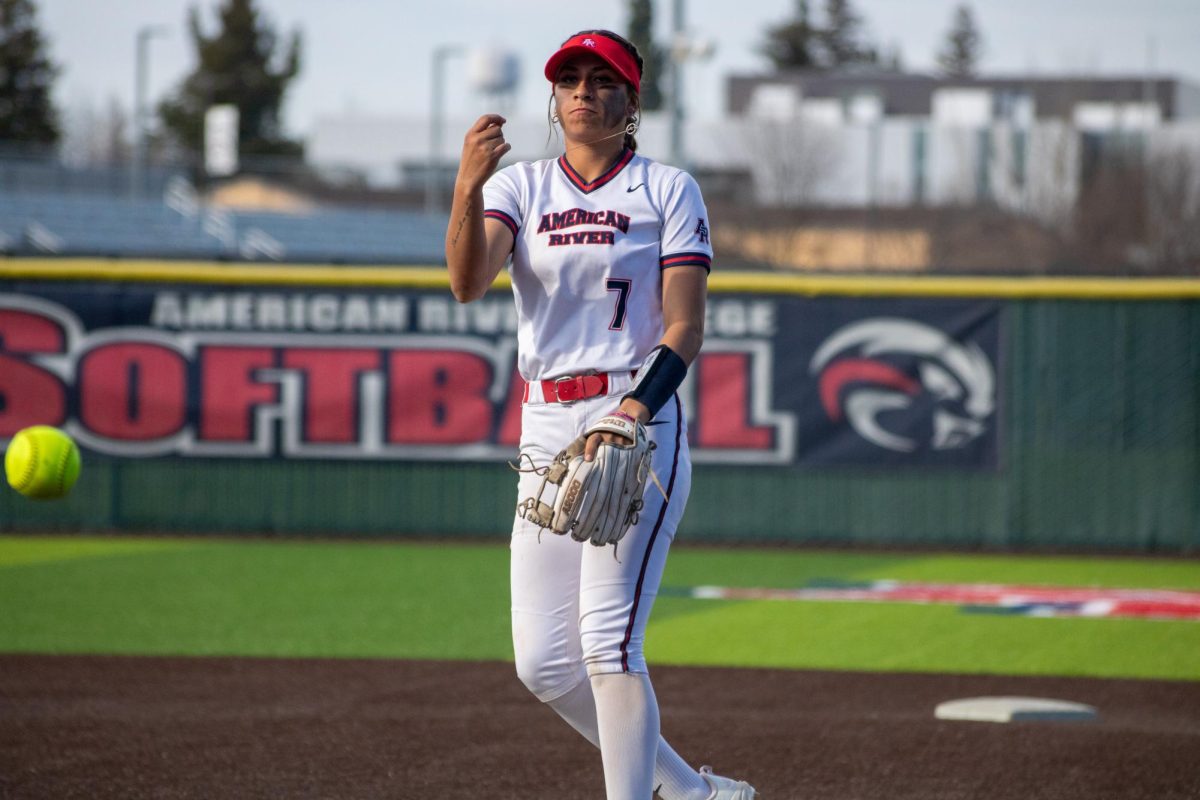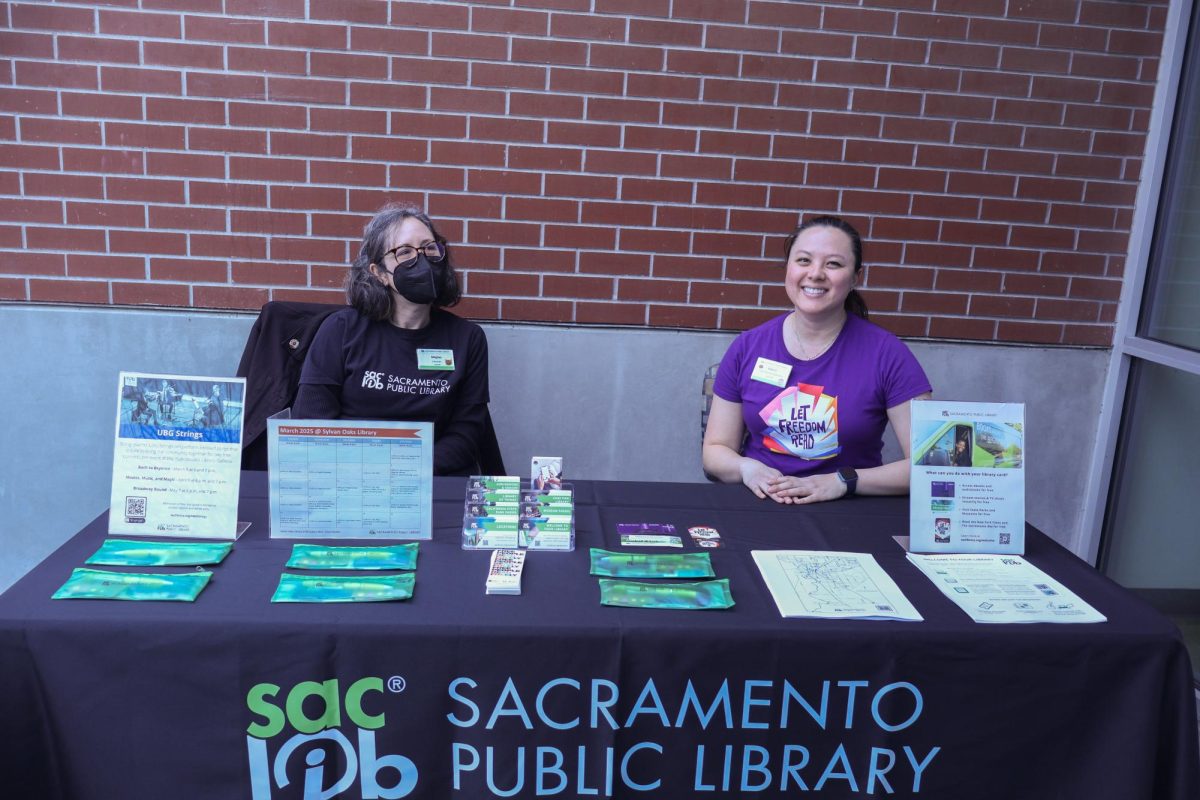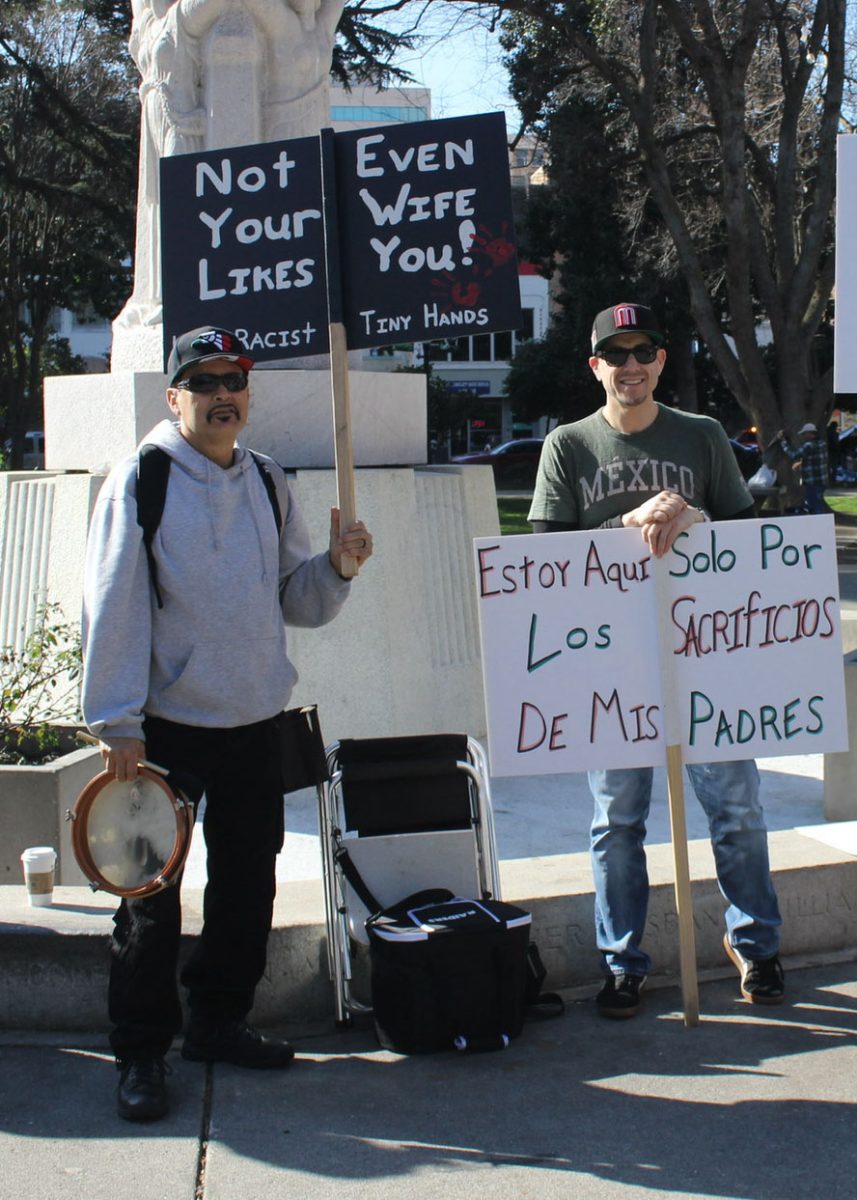Stories reflect the people telling them, and for far too long those stories have been told by straight white middle-class men, congregating around water coolers to rehash experiences that everyone’s heard before.
The media is no different, and cracks are starting to form in this good ol’ boys foundation, with stories that should have been told much earlier seeping through.
“There’s nothing new going on,” said Karen de Sa, an investigative reporter with the San Francisco Chronicle, “It’s just now being discovered.”
De Sa points to topics such as police brutality, the overwhelming imprisonment of black men, and sexual assault on college campuses as examples of stories that come to life when women and minorities are given not just a seat at the table, but a voice above the fray.
The mainstream media’s fairly recent acknowledgement of these narratives, which are not news, but history, is reflective of not just the lack of diversity often found in traditional newsrooms, but the lack of power given to those voices.
When decades’ worth of sexual harassment and assault allegations against Fox News kingpin Roger Ailes came to light earlier this year, several of the women involved were “disciplined”, a term Fox used to describe what they apparently viewed as the appropriate response to some perceived misconduct on the accusers’ behalf.
These accusers are women who have talent, audiences and extensive careers in their own right, including Megyn Kelly, a Fox news anchor and public figure.
Kelly, who has sustained multiple attacks not just against her character, but her career, recalled having to seriously weigh whether or not it was worth reporting her own assault at Ailes’ hands.
It is no wonder then, that if the most powerful women in the media are shamed and silenced, they who best know that experience cannot tell the stories of those powerless women who so desperately need their stories told.
“We need people who are going to use their life experience and turn it into news judgement,” said de Sa.
Those life experiences are what de Sa herself credits as allowing her to find stories that she serves as the “vehicle” for in her work, including her most recent project, “Drugging our Kids.”
The story, about one of the most marginalized groups in the United States, opens with a request from Rochelle Trochtenberg: “I’m going to ask you the imagine that you’re a child in foster care.”
From that point forward, the story is uncovered by de Sa, but carried by these immensely diverse youth, who have survived one of the most traumatic experiences a young person can endure, all through a haze of prescription drugs given to “stabilize” them.
This is an incredible example of the power journalists wield to give a platform to the dis-enfranchised by experiencing that which they do not know.
De Sa has a metaphor for this mentality, telling students that “I implore you to wear those shoes, and walk in those shoes.”
By making a push for diversity of race, gender, community and ideas in the newsroom, not just in theory but in practice, the media would enable themselves to reflect the world around them, not just the water cooler stories they’ve told a thousand times before.


